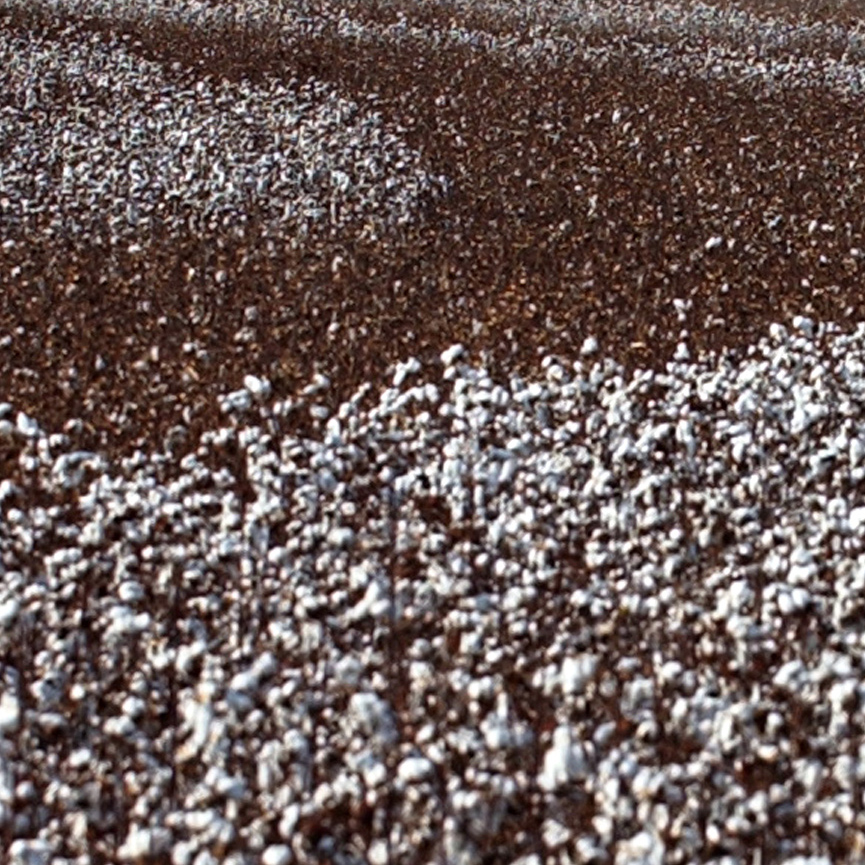Georgia farmers will wrap up their cotton harvest over the next few weeks, and it looks like it’s going to break records.
Plentiful rain at the right time bolstered the yields on the 50 percent of Georgia’s cotton fields that are un-irrigated, driving the state’s average per acre yield to a record high.
“The crop looks fantastic,” said Don Shurley, a cotton economics and marketing specialist with the University of Georgia College of Agricultural and Environmental Sciences. “We blew the previous year’s record out of the water. The USDA currently estimates Georgia’s cotton yields at 934 pounds per acre, and some people think we may hit four digits. I’m not so sure about that, but certainly we stand to hit record yield numbers.”
The previous record was set in 2009 with 902 pounds an acre. Last year’s per acre yield for Georgia was 791 pounds per acre.
Georgia farmers planted about 1.3 million acres of cotton this year — about 300,000 fewer than last year.
Many farmers switched a portion of their cotton acreage over to corn, soybeans and peanuts because those crops were projected to bring in higher prices this year.
Approximately half of Georgia’s cotton crop is irrigated. Those irrigated fields always produce well, but the un-irrigated fields are at the mercy of Mother Nature. In 2011, a lack of rain during the spring significantly delayed planting and stand establishment in south and central Georgia. This stifled the yields on dryland fields in some cases, said Guy Collins, a UGA CAES cotton agronomist.
In addition to the optimal moisture experienced in 2012, Georgia saw a rather mild end to the summer — in terms of heat unit accumulation. This may have slowed development of the cotton bolls causing slower than normal boll opening.
Farmers usually wrap up the cotton harvest in late fall, but some are still waiting for their bolls to open. Most of the remaining cotton should be harvested by mid to late November because not much additional boll development occurs after prolonged cool temperatures and especially after the first severe frost, Collins said.
“It’s been a very slow year in terms of having those upper bolls mature and open,” he said. “We just really didn’t have the extremely warm temperatures that we usually see at the end of the summer that help these bolls develop on time.”
Experts like Collins anticipate a record yield for the state, but say it’s still too early to tell what the final statewide average yield will be. Record-breaking yields may not turn into record profits for farmers.
Like with peanuts — this year’s other surprise boom crop — cotton farmers have seen prices drop over the growing season. Farmers who locked in prices with their buyers back in the winter and early spring will do well, but others will be dependent even more on their increased yields to make a profit, Shurley said.
“Prices have really turned out to be somewhat disappointing this year,” he said. “Last winter and early this spring prices were 90 cents per pound and now we’re in the mid 70s. Some farmers did contract their crop when prices were higher, but if they didn’t contract their crop 20 cents ago then they are disappointed with the prices … Prices have declined but they can hopefully make up that with some of the strong yield of the crop.”
To learn more about other Georgia commodities and their farm gate values, visit the Center for Agribusiness and Economic Development website at www.caed.uga.edu.

.jpg)
.jpg)





.jpg)
